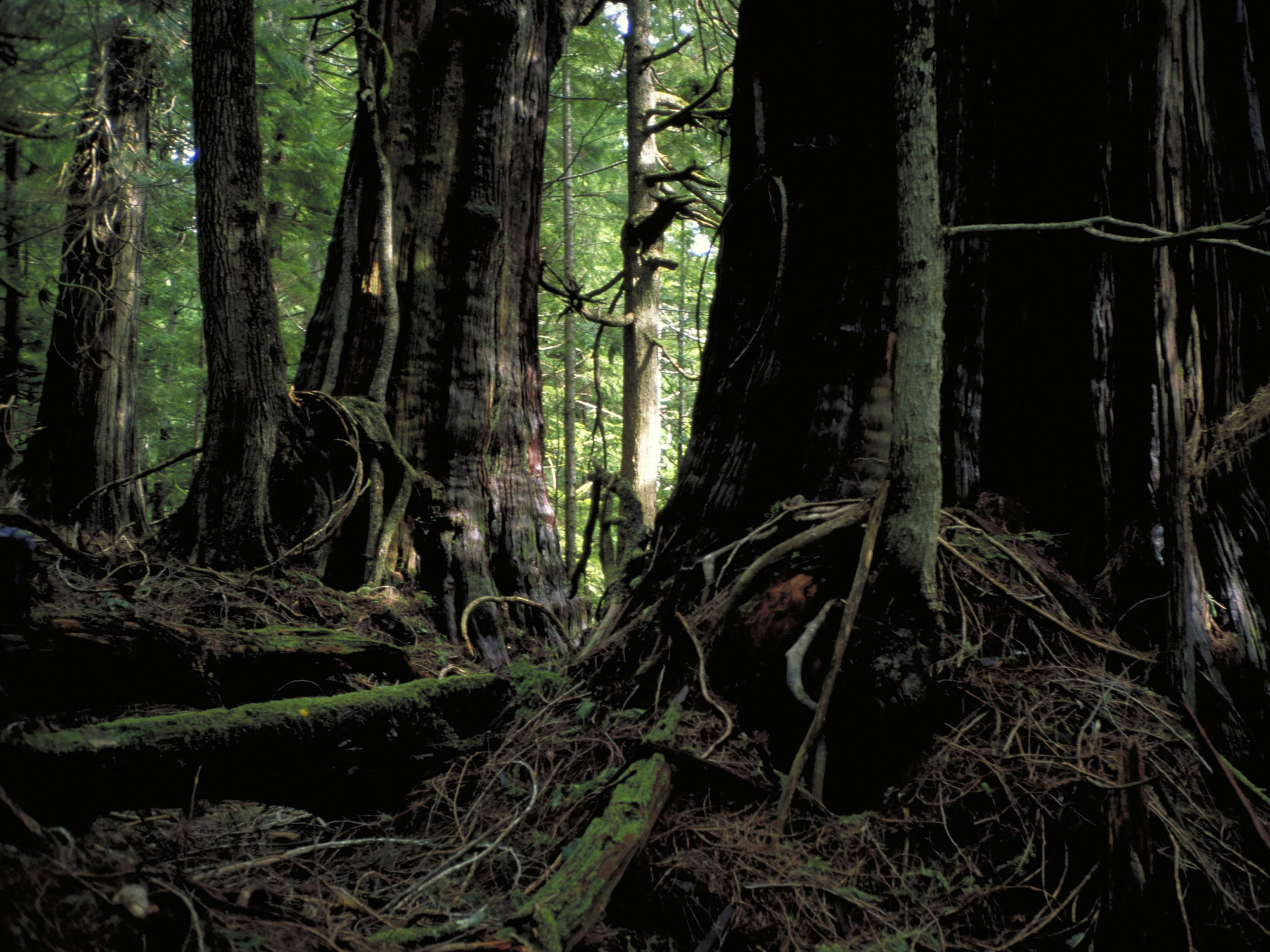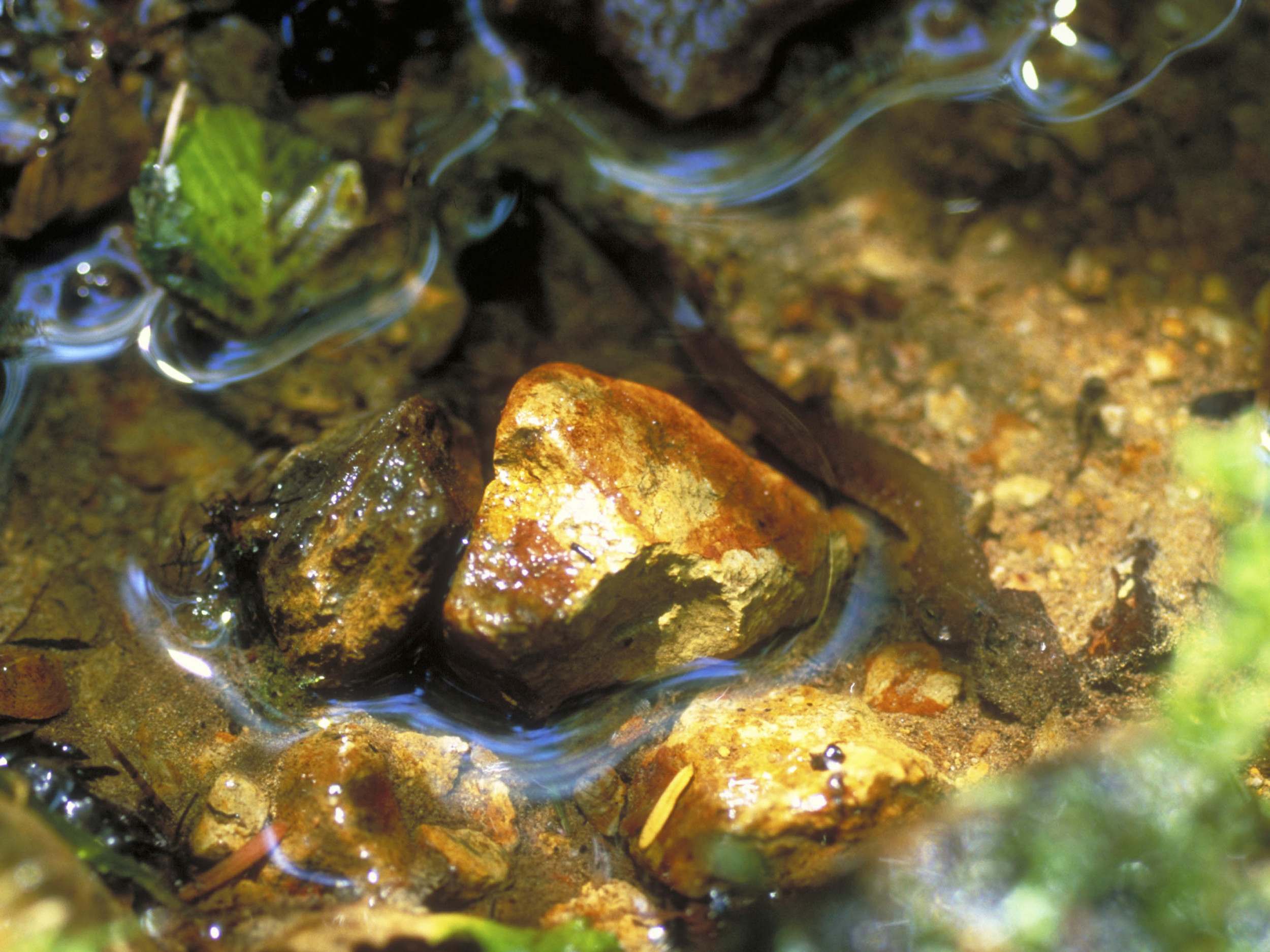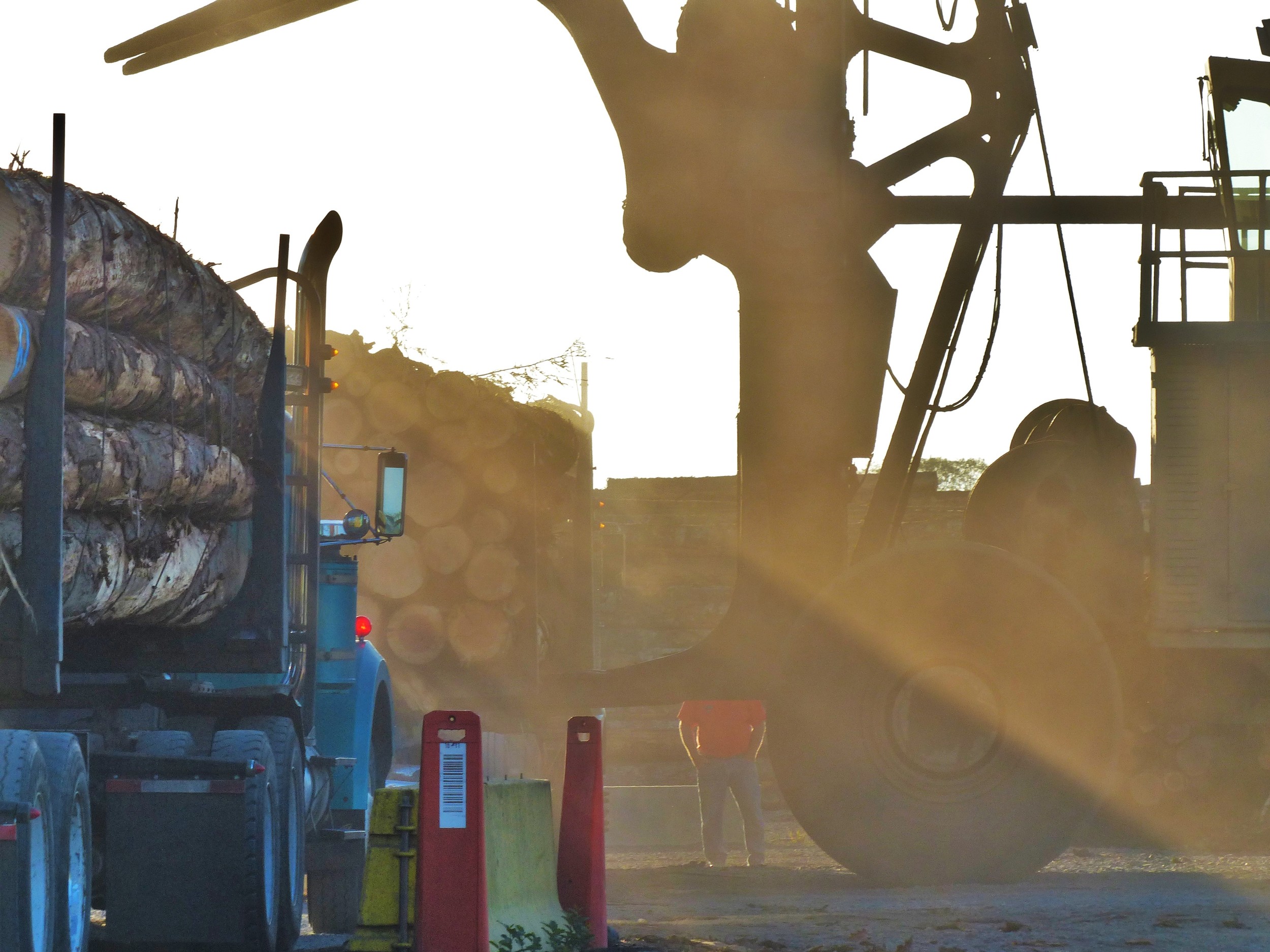Written by David Ryan, Field Forester, Willapa Bay
“Conservation is the foresighted utilization, preservation and/or renewal of forests, waters, lands and minerals for the greatest good of the greatest number for the longest time.”
This famous quote of our first U.S. Forest Service Chief is regularly heard by any student of forestry or natural resource management. In my mind, this statement primarily encompasses two philosophical concepts of natural resource management. First, that our forests, waters, lands and minerals are essentially resources to benefit humankind. Second, for these resources to benefit humankind they must be managed in a way that will not deplete them over time, i.e. sustained yield. Pinchot’s philosophy put him at odds with preservationists such as John Muir, with whom he shared a friendship until a disagreement over the Hetch Hetchy Project created a permanent rift. Other conservationists, such as Aldo Leopold, would refine, and in some ways reject, Pinchot’s utilitarian conservation philosophy.
Treating our forests as if they were agricultural commodities has led to some silviculture practices which may reasonably be considered questionable, e.g. terracing. Practices that were meant to increase the productivity of a landscape often altered the natural succession, or ecologic pathway, of many forests. These foresters were not malicious, nor were they necessarily incompetent. They believed in what they were doing; that increased forest productivity was a benefit to the people and to the landscape. For them, utilitarian based land management was not only good for the economy and their communities, but for the forests as well. I have found myself using the similar utilitarian arguments while explaining my own management actions.
Ellsworth Creek Preserve is a landscape whose succession was altered from its natural, original, unmanaged course and put on an artificial trajectory consisting of simplified, essentially monoculture forests. The ramifications of these stands continuing on that artificial course are homogenous forests with limited biodiversity and limited ability to recover to their original successional state. I now have the honor of trying to help this landscape recover and restore it to an old-growth trajectory. In so doing I also have the honor of being a member of the community that surrounds Ellsworth Creek Preserve and to help that community in the form of good work and positive economic activity.
Ellsworth is an example of a working forest. In the past it was a working forest under industrial style management with a primary goal of economic returns based on an agricultural model. Now it’s still a working forest, the main purpose of which is not one of anthropocentric utility but environmental health based on an ecosystem restoration model. Under this model, we are still putting people to work. In the few short months I have been at this preserve, I have worked with many men and women in the interest of furthering Ellsworth’s goals. One may reasonably say that the forest ecosystem itself is “working” to create a diverse and healthy region; and with the help of these working men and women, this forest will continue to do so for many generations.
Helping create a healthy ecosystem and a healthy community feels like the “greatest good of the greatest number for the longest time” to me.
Next week: Aldo Leopold.






















